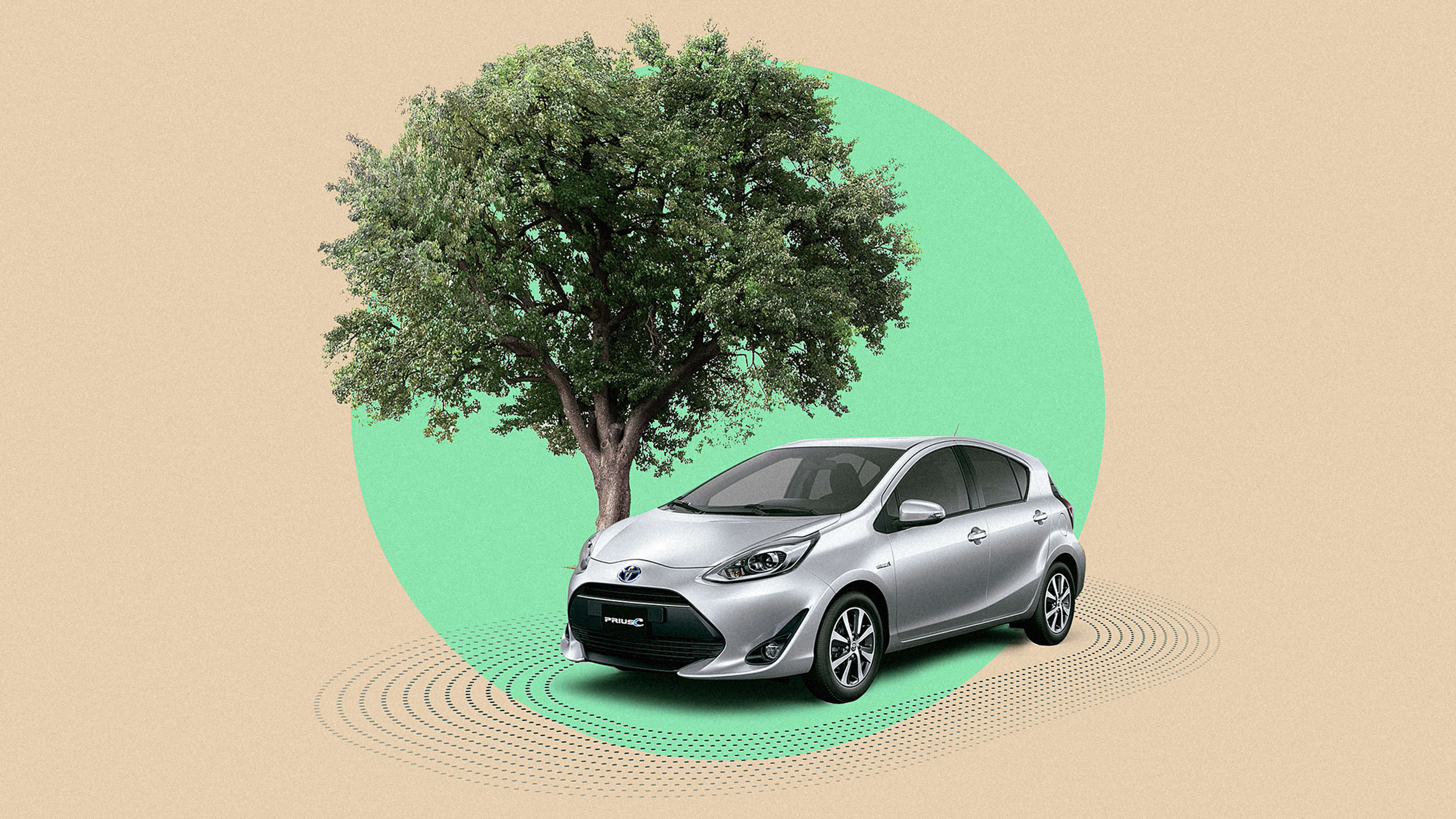As we try to find the find the answer to climate change, each eco-innovation may spur even more questions about their overall effects. Could the noise from wind turbines cause cancer? (Science says no.) Could the sound from an electric car stimulate plant growth, regenerating the environment we’ve helped destroy? Science says . . . maybe? Or at least, that’s the hope of Ayax Toyota.
Within the next two years, the U.S. and Europe will require electric cars to emit a noise in order to warn pedestrians of their approach, or else these quiet vehicles can take pedestrians and bikers by surprise. Instead of just installing a sound that mimics non-electric vehicles, Ayax, an independent, Uruguay-based manufacturer and distributor of Toyota vehicles, has partnered with digital innovation agency The Electric Factory, a sound designer and a “smart cities expert,” to create an audio that they say could go further to benefit the environment.
Called the HY Project (short for “harmony”), the sound is inspired by several amusing studies that have looked into the effects of audio frequencies on plants. In one out of India, researchers placed mung bean plants in soundproof chambers, one of which remained silent, another which had ancient chants piped in, and a third which scolded the beans with “discouraging words.” The chanted-to plants saw the “maximum elongation of the shoot,” showing, the scientists claim, that the mung beans picked up the audio vibrations.
In another, South Korea researchers compared different types of plants’ responses to a variety of frequencies and magnitudes, noting reactions like root-tip bending, an increase in the expression of “defense-related genes,” and a higher yield for crops from cotton to rice to tomatoes. They concluded though sound may be a “potential new trigger” for plant protection, there are still “some major concerns about the use of sound treatment in plant science,” including the fact that we still don’t know just how plants perceive sound.
The Electric Factory did not work directly with scientists to develop this sound but did reference that existing data to create an audio with bandwidths and frequency ranges that they say will generate “improvements in growth, biomass, stomata (which favors water absorption and light use), and favoring cell division, fluids in cell walls, and protective enzymes.” The result, for the human ear at least, is a calming, clear tone reminiscent of Tibetan singing bowls that undulates as the car is in motion.
Tenuous science aside, this project does point to a different perspective for approaching these issues. Other manufacturers are exploring electric car sounds that range from the classic gas-guzzler soundtrack to ones that represent space ships. “We’re starting from the nature angle more than the customer [angle],” says Ayax president Alejandro Curcio, explaining that instead of creating an electric vehicle sound that only matters to the person in the driver’s seat, they wanted to take into consideration how this sound would affect things beyond your four wheels.
Noise pollution from road traffic is a health issue for humans and wildlife, and the Hy Project sound does claim to reduce this, as well. Electric Factory cofounder Juan Ciapessoni says rather than creating a “sound traffic jam,” these unique frequencies can also overlap in a way that still allows “birds, frogs, everything in nature to talk to each other.” It’s not clear to what scale this sound will actually affect the surrounding flora—or how loud it needs to be to reach roadside plants—but less noise to annoy the fauna is always a good thing.
A fleet of Pruis C Hybrids in Uruguay already has this sound added to their electronic boards, as does Curcio’s personal vehicle, a Corolla Hybrid. “With the windows closed, you don’t hear anything, but with open windows, you hear it, and it’s crazy,” he says, adding that there’s an “emotional aspect” involved that lets you have a sense of contribution. Uruguay has been a testing ground where tech and software products from a variety of companies are developed and piloted, and though he admits “we are a little country,” Curcio says he wants to contribute to these sorts of positive changes and sees this sound as something that will spread around the world.
Next up for Hy are pilot programs in Brazil and Argentina in the coming months, and then Curcio will present it to Toyota higher-ups in Japan—and from there, hopes Ciapessoni, the world. Though their claim that this is “the world’s first sonic solution to heal the planet” is certainly a bold one, maybe it will inspire more research into how we can heal our world.
“We are looking forward to this being an example . . . and I know that this is something that people will love to be a part of, because it’s a chance to be a part of something that makes an impact,” says Ciapessoni. “Every brand should be rebranding their sound, making nature the key of the equation.”
Recognize your brand’s excellence by applying to this year’s Brands That Matter Awards before the early-rate deadline, May 3.







